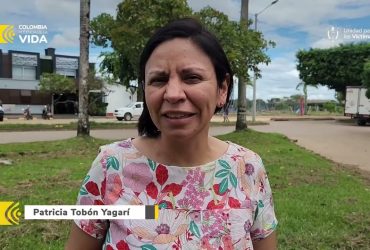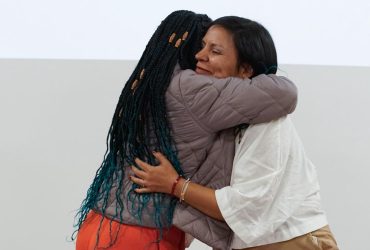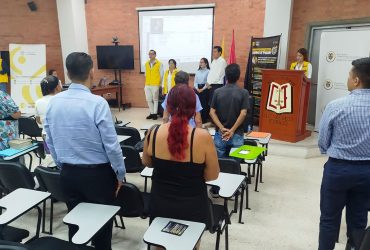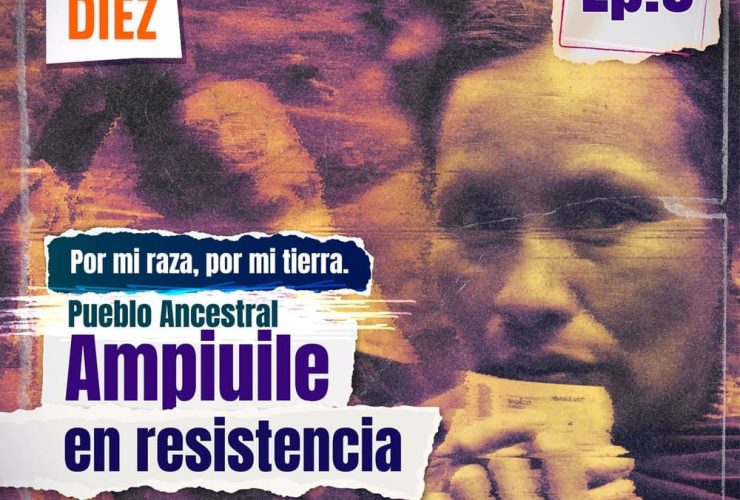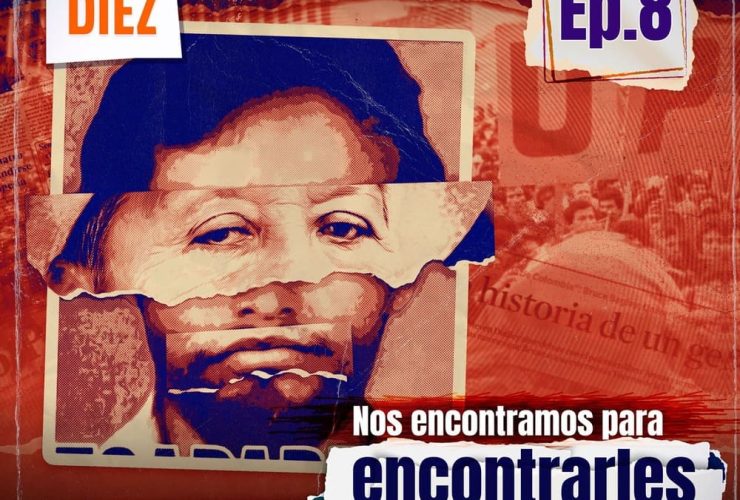On November 1, 1998, what is considered one of the longest, bloodiest and most painful armed incursions in the recent history of the Colombian conflict occurred, which left a deep mark on the Public Force.
It was going to be five in the morning when the FARC started the offensive against Mitu, after having surrounded it the night before. Almost 1.900 guerrillas participated in the attack, but only about 500 entered fighting while the others besieged the city and destroyed the airstrip, almost the only way to access the capital of Vaupés, nestled in the Colombian Amazon jungle.
At that time, Mitú had about 13.000 inhabitants (6.000 in the urban area) and 120 uniformed members of the National Police to defend it (5 officers, two non-commissioned officers, 77 patrolmen, six agents and 30 auxiliary high school graduates); garrison that was under the command of Colonel Luis Mendieta, as commander of the National Police in Vaupés.
After 12 hours of fighting and 60 more hours of occupation, on November 2 the guerrillas took 61 kidnapped uniformed men by river that they included in the list of so-called “exchangeable”, including Colonel Mendieta, for whom they demanded an exchange of prisoners to the Government.
The Public Force was able to take control again and thwarted the operation of the then illegal group that wanted to settle for much longer in the place. The final balance of the capture was 56 dead (46 combatants and 10 civilians) and 61 kidnapped, according to data from the National Center for Historical Memory.
The testimony
The young 19-year-old policeman, César Díaz Braga, was one of those kidnapped along with Colonel Luis Herlindo Mendieta. His captivity in the bush lasted three years.
When asked about the period that he lived, he says that “a kidnapping is harder for loved ones than for the victim”. “You know where and how is it. Family members do not know what is happening to one, if they mistreated him, if he ate, if he is sick. There is a lot of uncertainty”.
He remembers conversations with his captors about what happened on the day of the capture and that a guerrilla commander revealed to him that they lost around 800 men in combat, which was also the biggest military setback for that armed group.
He does not deny all the feelings that remained in his being after captivity, but his conviction and his determination to recover the time that was taken from him, outweighed the pain. Of course, he asks the perpetrators for truth about the whereabouts of those who did not return. “The conflict leaves a lot of resentment, but the idea is to contribute so that everything is known and there is clarity, and that the families of the people who do not appear have that information”, he adds.
Although in the jungle the wounds take time to heal, after the physical and psychological suffering that he suffered, César left with expectations, wanting to continue studying and continue as a member of the institution that defended that dark November 1, 98. But his destiny It led him to withdraw from the police career and go to study seven semesters of Law in Bogotá, at Jorge Tadeo Lozano University, which he had to leave due to lack of money. The job he had gotten to pay for his studies was finished.
Today, at 41, César has a wife and a 12-year-old son, lives in Mitú and works in an entity that allows him to help the victims of conflict.
He is grateful for the programs and the help that the institutions provide to the victims, but emphasizes that, in addition to telling the whole truth “and apologizing for what they did, the perpetrators must make reparation to the victims financially and not only with symbolic forgiveness”. “That can help victims rebuild their projects and regain some of what they lost in the conflict,” he says.
Institutional action in Mitú
After 22 years, its inhabitants and the victims, together with the State institutions, seek that the present of prosperity, peace and reconciliation rise above the painful memory of that November that left a deep wound in the land of the rapids.
The community called “Casco Urbano de Mitú” was recognized as a subject of collective reparation on November 11, 2016, with its inclusion in the Sole Registry of Victims (RUV). Currently this group has more than 800 recognized victims.
In 2018, the Victims Unit held the first days of Community and Institutional Enlistment and an act of commemoration of the 20 years took was held. It also guided the day of Entrelazando Strategy for five days to begin the reconstruction of the social network.
In 2019, the community advanced the completion of the report on the closure of the enlistment phase and the Unit developed three days of psychosocial support.
The general director of the Victims Unit, Ramón Rodríguez, expressed his support for the Mitú community: “In one more year of commemoration of this reprehensible fact, the Unit sends a message ratifying its commitment to this subject of collective reparation. A message to each of the victims and to the entities that have been accompanying this process of care, assistance and reparation”.
He reiterated that the entity is moving towards the construction of the Reparation Plan that “will focus not only on the victims of the taking but also on all the people who, directly or directly, were affected.”
At the end of 2020, the Unit expects, despite the pandemic, to hold a meeting with ethnic representatives and build the Damage Diagnosis document, among other actions aimed at formulating the Comprehensive Collective Reparation Plan (PIRC).
(End/LMY-CAA)



